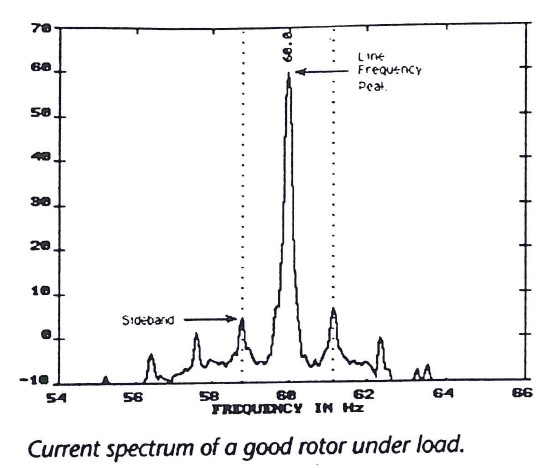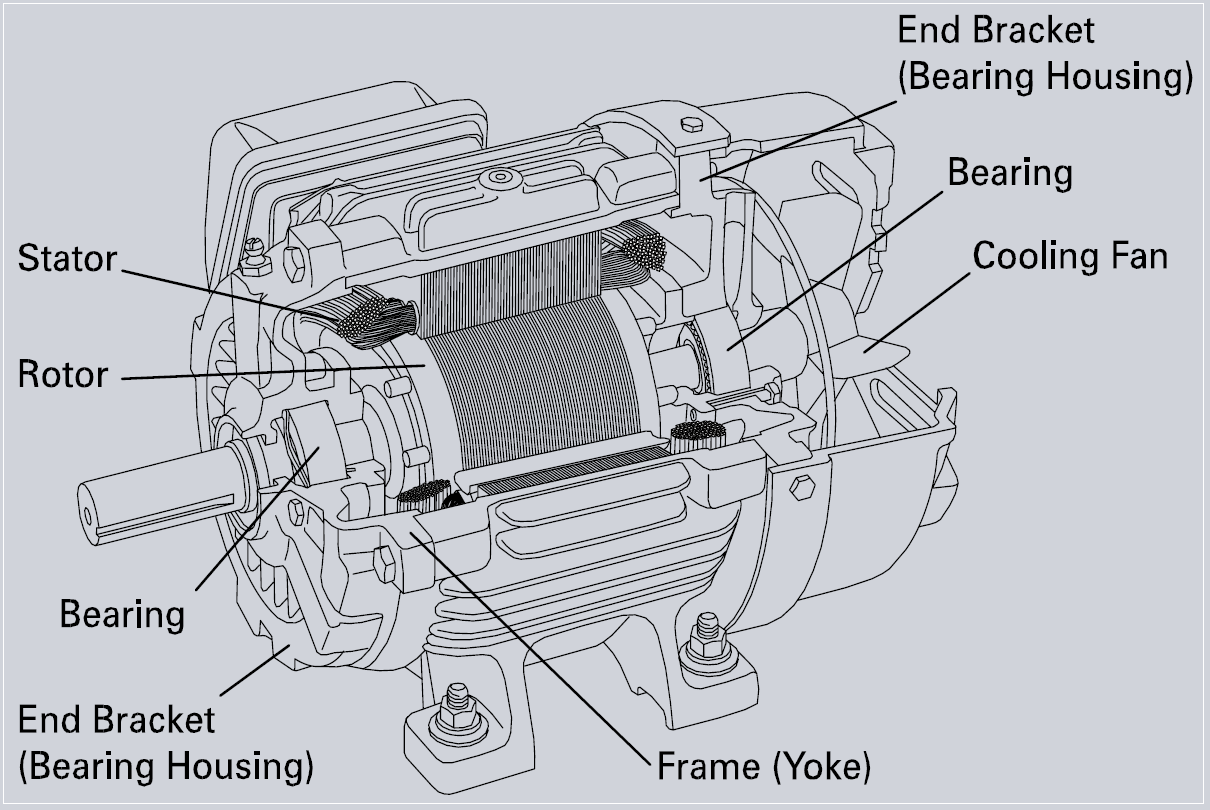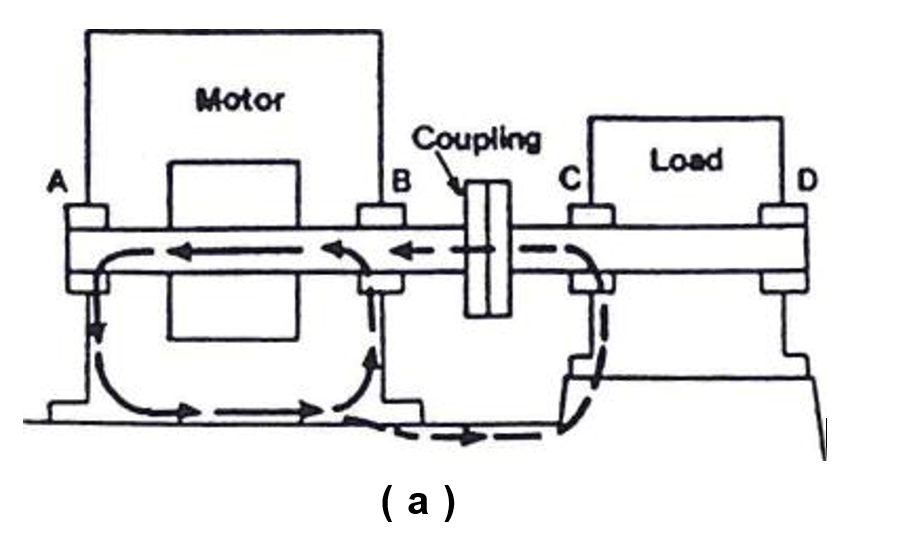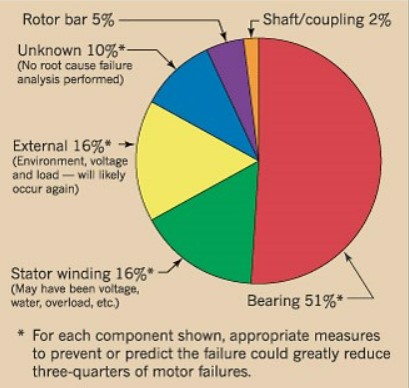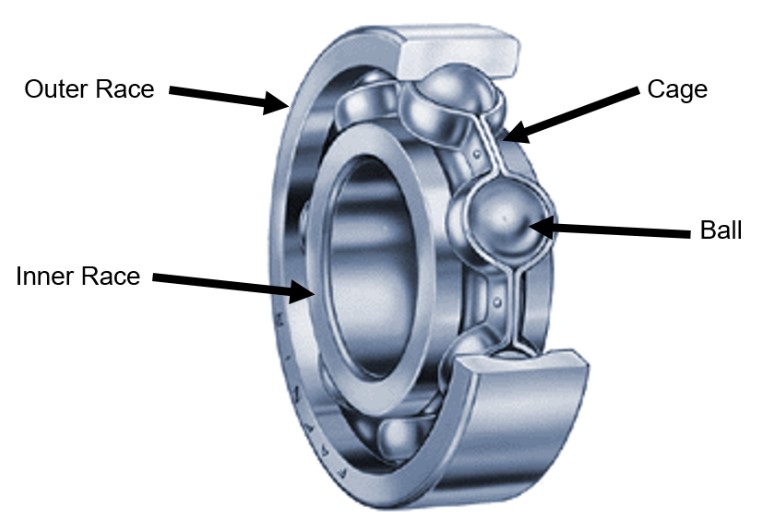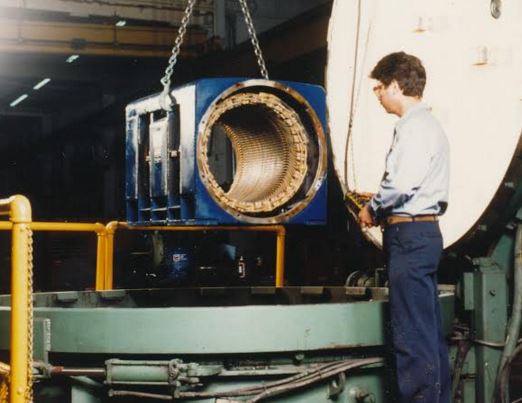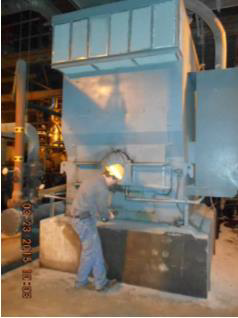
Electric Motor Repair Case Study – 9000HP Boiler Feed Pump Motor – “In-Shop Findings”
October 24, 2016
Before Reading – Please see the first article in this Case Study Series: “On-Site Findings.” The results of the “on-site” findings resulted in the determination to pull this Boiler Feed Pump Motor (9000HP, 1800RPM, 13,200v, Siemens Allis) out for repair. The motor was removed and was received by the HECO motor repair shop on 3-31-2015. …
